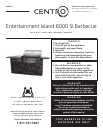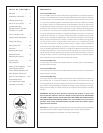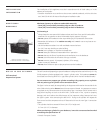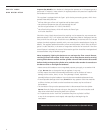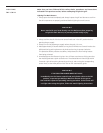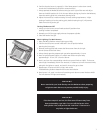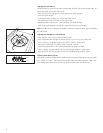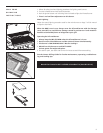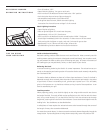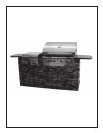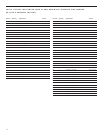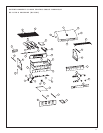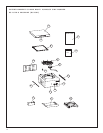Special offers from our partners!

Find Replacement BBQ Parts for 20,308 Models. Repair your BBQ today.
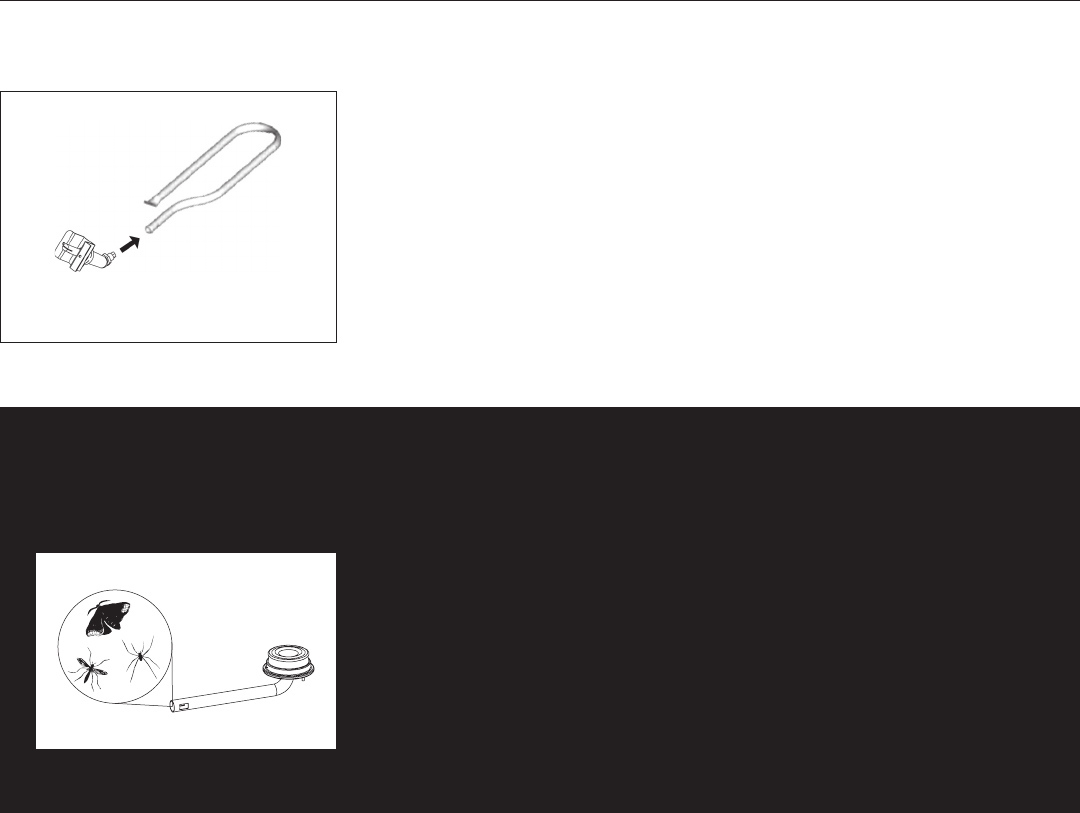
3
P R I O R T O U S I N G
Drawing E
Do not use your barbecue until you have carefully read and fully understand all the
information in this manual. Please ensure the following:
•
Your barbecue is properly assembled.
•
There are no leaks in the system (see “Leak Test”).
•
The burner is properly assembled, with the Venturi tubes seated over the valve outlets
(Drawing E) and that there is nothing blocking the Venturi tubes (Drawing F).
•
Ensure that all power cords and /or gas supply hoses will not touch or be
near surfaces that will get hot.
•
The barbecue is in a safe location (see Installation).
Ensure that the valve outlets (orifices) are assembled into the Venturi tubes approximately
6 mm (1/4˝ ) and that the valve outlets and Venturi tubes are approximately parallel to the
bottom of the lower body.
Insert valve outlets into Venturi tubes
approximately 6mm (1/4”)
Orifice Size: The orifice, in conjunction with the control valve, acts to regulate and restrict
the amount of gas delivered to the burner. The hole size in the orifice varies by the gas
supply pressure and by the BTU rating of the burner. Grills equipped for LP gas operate at
a much higher gas pressure and therefore have a smaller size orifice.
Hose and Regulator Inspection
Adjustment: The regulator is factory set at a specified outlet pressure of 11” of water column
and is generally factory sealed and not adjustable. Do not try to adjust. The regulator can be
checked by measuring the pressure with a manometer.
Vent Hole: There is a vent hole on top of the regulator. Check that it is clear of dirt and
debris. If the hole is plugged, erratic and dangerous burning may result.
O-ring Seal: Before attaching the regulator to the cylinder, inspect the rubber O-ring on
the P.O.L. fitting. Do not operate the grill if the O-ring is damaged or missing. Seal damage
is common and we recommend replacement of the seal when the burner is replaced or
when the seal is damaged. Cracks, splits or distortion will allow gas to escape. Additionally,
the seal should be soft, pliable, and protrude slightly from the brass P.O.L. valve.
Chew Marks: The hose should be kept clean of grease and food drippings which attract
squirrels and other animals. The animals will often eat the drippings on the hose and chew
into the hose lining trying to get the last taste. Try cleaning the hose with an ammonia
cleaner solution to minimize the attraction.
Drawing F
W A R N I N G
Natural Hazards
Insects and Spiders
During shipment or storage, it’s possible that small insects like spiders could
find their way into the Venturi tubes and nest or make webs. This could block
the flow of gas through the Venturi tube causing a smoky yellowish flame, or
prevent a burner from lighting. It could even cause the gas to burn outside the
Venturi tube, which could seriously damage your barbecue. If these occur, turn
off the gas flow and wait for the barbecue to cool down. When the barbecue
has cooled, remove the burner and clean out the Venturi tubes with a brush or
pipe cleaner. Replace the burner and ensure that the Venturi tubes are seated
over the orifice located on the gas valves. Cleaning the Venturi tubes should be
conducted periodically, especially at the start of the season.
Note:
Damage resulting from blocked Venturi tubes is not covered under
the warranty.



